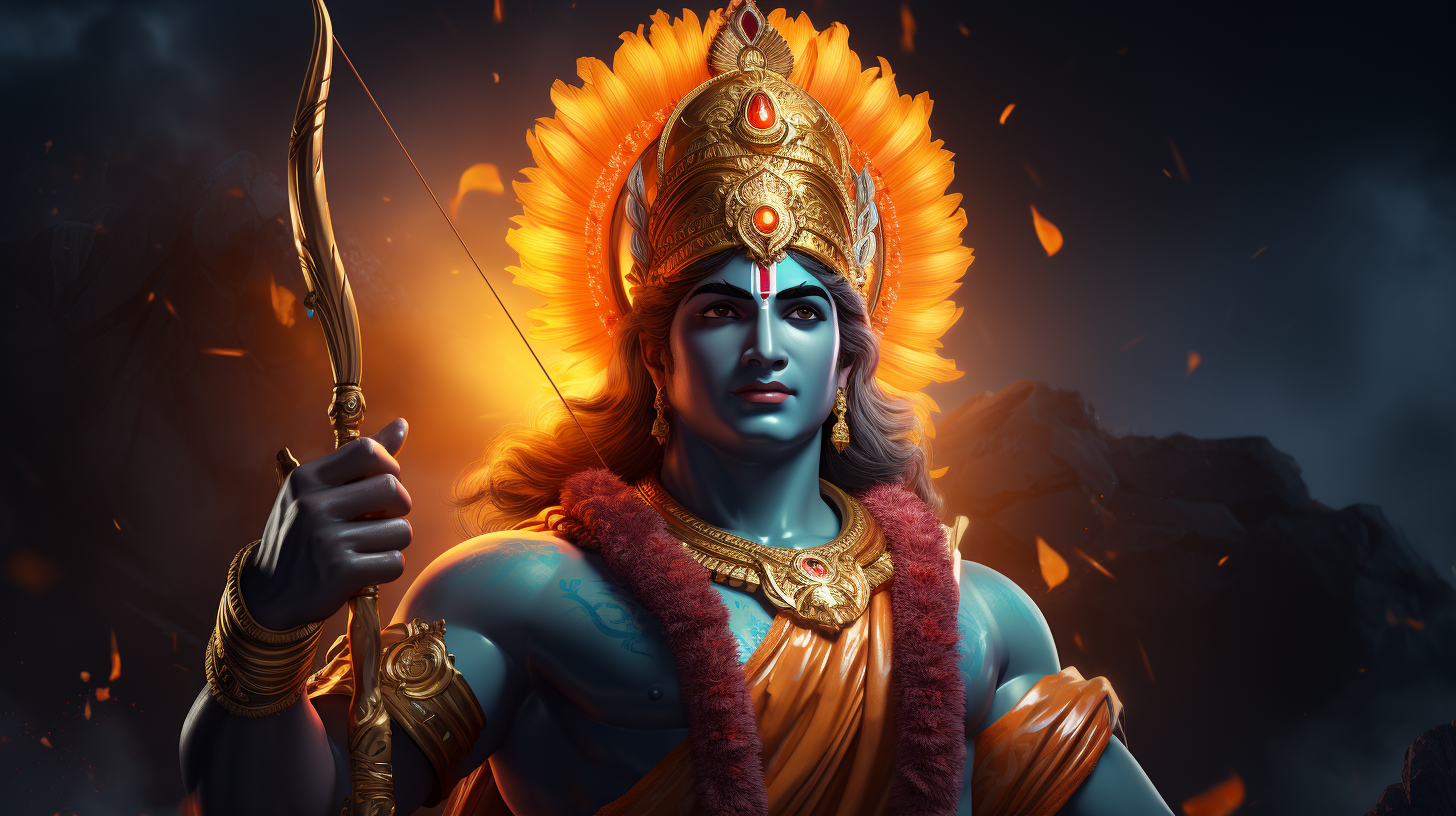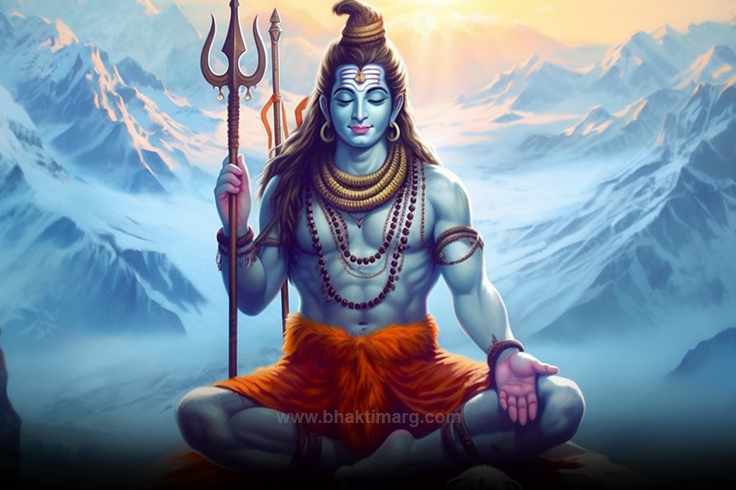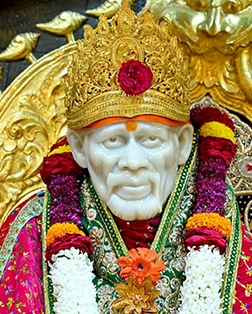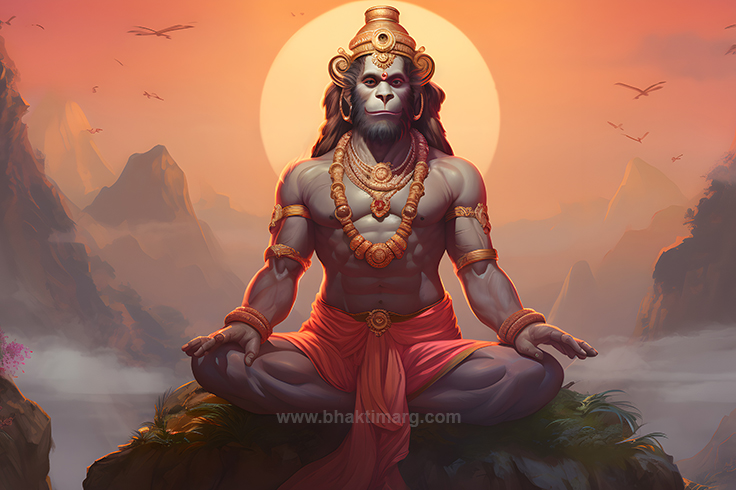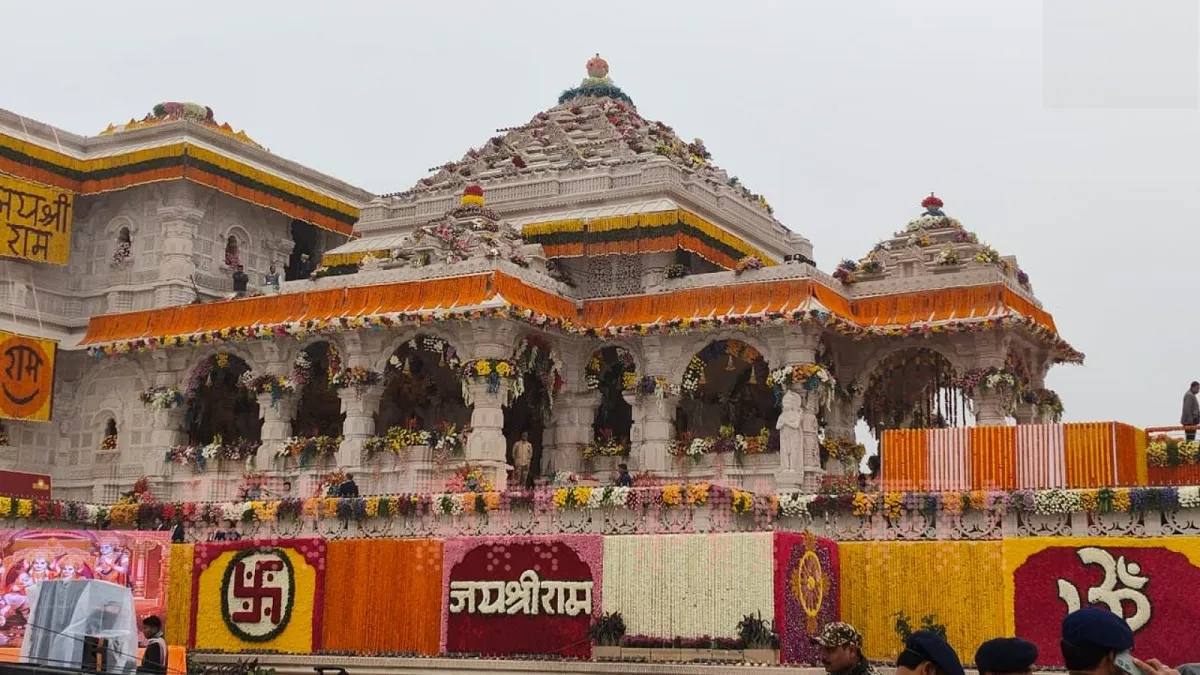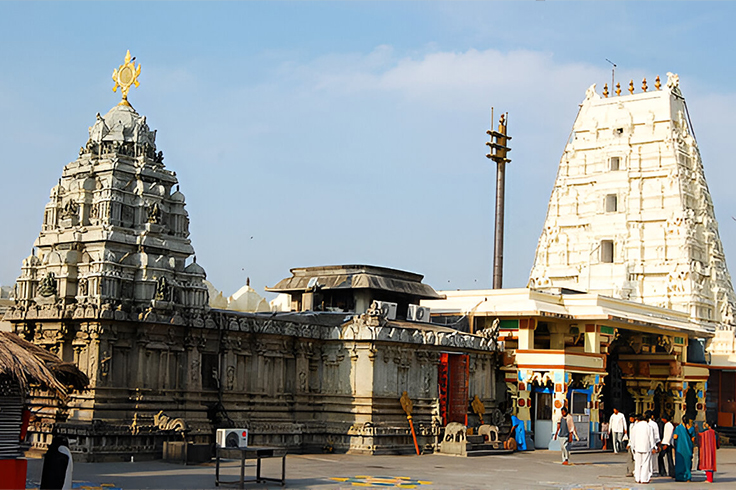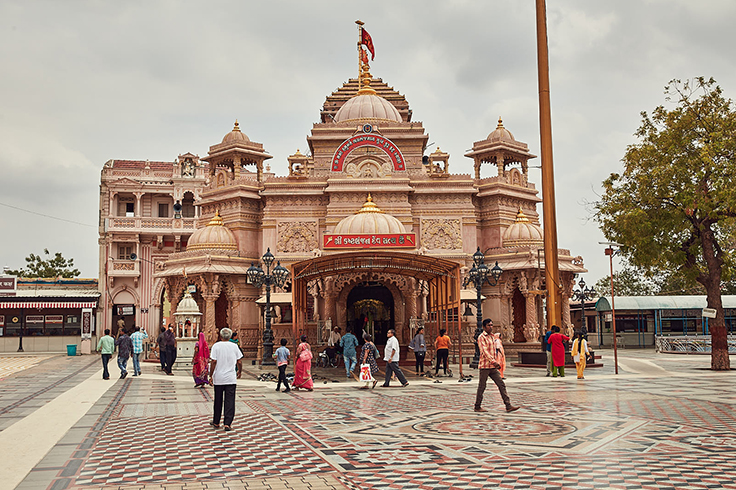
Shree Narasimha Saraswati Navaratri Utsav: A Journey of Devotion
The Indian holy figure Shri Nrusinha Saraswati is thought to be a deity incarnation of Lord Dattatreya, a religious leader and spiritual figure for Hindus. People consider him one of the main saints in the Dattatreya religious tradition that dominates Maharashtra state. The Datta avatars Sampradaya uses His teachings as its primary source for spiritual teachings.
Life History:
In Kali Yuga, Lord Dattatreya manifested as Nrusinha Saraswati from 1378 to 1459. The child Narahari was born to his parents, Madhava and Amba, at Karanja in Maharashtra. He showed spiritual tendencies very early in life. He began his journey of pilgrimage to Kashi at age seven. There, he received his sannyasa initiation from Guru Krishna Saraswati under the name Shri Narasimha Saraswati.
For 18 consecutive years, Narasimha Saraswati dedicated himself to visiting numerous holy places. After living for 30 years, he came back to Karanja to see his parents before establishing his permanent residence in Gangapu, Karnataka, during which he spent the rest of his life until he was 53. His passing occurred through Nijanandagamana (final bliss) in 1459 at Kardali Vana near Srisailam, located in Andhra Pradesh.
Sanatana Dharma restoration aimed to demonstrate the path of death cycle release and guide mankind back to their spiritual practice. Through his teachings, He revived the Brahmin spiritual values which (found in the teachings of Indian philosopher and theologian Adi Shankaracharya whose lineage belonged to Him) appeared in the Brahmin religion.
Sri Narasimha Saraswati guided people with spiritual disciplines that would ensure their hearts and homes retained their spiritual awakening. His initial step after calming their thinking patterns was to deliver spiritual guidance that would guide them toward God and promote their spiritual growth for complete liberation from the recurring cycle of birth and death.
Shree Narasimha Saraswati Navaratri Utsav:

Shri Narasimha Saraswati Swami stands as the second incarnation of Lord Dattatreya while being honored during the Navaratri Utsav. The nine-night celebration acts as a major Hindu observance where people honour three goddesses aspects: Durga, Lakshmi, and Saraswati. During these days of the Navratri festival celebration, the believer advances spiritually from knowledge to wisdom towards enlightenment.
People celebrate the sacred festival with intense devotion at the spiritual center of Shri Narasimha Saraswati at Gangapur. During the celebrations, the Temple initiates the ‘Utsav Murthy’ processional deity installation for Lord Dattatreya. The devotees carry offerings as part of religious devotion before performing the aarti. The temple serves prasadam, including wet channa dal (split peas), with a drink made from lemon or mango to the devotees.
Significance of the Shree Narasimha Saraswati Navaratri:
Navaratri signifies an important spiritual progression because it divides the aspirant’s development into three distinct phases:
● Durga Worshipping (Days 1–3): Represents the destruction of negative tendencies and internal obstacles.
● Lakshmi Worshipping (Days 4–6): Symbolizes the cultivation of virtues and positive qualities.
● Saraswati Worshipping (Days 7–9): Embodies the acquisition of knowledge and wisdom.
Vijaya Dashami celebrates the triumph of knowledge, which defeats ignorance, during the tenth religious ceremony. Fellowship with Saraswati Puja marks the beginning of learning initiatives because people consecrate the deity of intellect.
Gurupratipada:

Ganagapur observes Gurupratipada on a special day when Shri Narasimha Saraswati Swami handed over his Nirguna Paduka (sacred sandals) immediately before disappearing in Kardali Vana near Srisailam. The celebration of Navratrotsav festival at Ganagapur features unique worship ceremonies attracting many devotees.
Teachings:
At the age of eight, Narasimha Sarawati explained to His mother, Ambika, the reason for choosing renunciation. The following passage presents an excellent understanding of human purpose in Life according to His teachings:
● Life is like a bubble. Death has no timeframe because it can suddenly take any person from their existence.
● Humans possess a sacred God-given time to develop their spiritual nature so they can reach the holy state of self-realization.
● During the period of Yugas man lived many years. These precepts of Shastras were suitable during past Yugas. During the Kali Yuga, men survive only for a brief period since their life expectancy has decreased compared to the previous Ages.
● Birth becomes pointless when a person spends their lifetime at a slow pace without finding higher life values yet passes away before their time.
● A person needs to develop dispassion toward worldly delights as early in their life progression as possible.
● People should redirect their life force away from trivial human concerns. The world is illusory.
● A person who lacks discrimination and Vairagya will drown in a cycle of existence while wasting the valuable opportunity life provides.
● People should establish their life’s purpose in the first stages of existence since death can strike at any time.
● The greatest misfortune for humans stems from living a life without understanding God before death.
Miracles:
The Masters of the Dattatreya Tradition come into human form for a single reason to guide people toward freedom from reincarnation, making their words and deeds crucial for spiritual fulfillment. The purpose behind their miraculous acts is to draw the audience’s attention. Narasimha Saraswati performs numerous miracles documented in Guru Charitra for the purpose of strengthening the faith of his followers through his great compassion.
The spiritual master would revive people from death while healing patients of leprosy and infertility and turning his command on a dry cow to produce milk. He learned to control every natural element and atmospheric condition.
During Diwali celebrations, Sri Narasimha Saraswati accepted an invitation from more than seven different village groups to become their honored house guest. During the Diwali holiday, devotees showed their appreciation to Sri Guru because they appreciated His stops at their villages as he traveled across seven different towns.
The Guru Charitra provides multiple stories showing how Guru Nath performed resurrections in his datta avatars.
Conclusion
Shri Narasimha Saraswati is a shining light in the Dattatreya tradition. He is a guru of devotion, wisdom, and liberation. His life and miracles instill faith and prove that the divine’s grace can change lives. In the Navratrotsav festival, his followers celebrate His heritage and aspire for spiritual growth and union with the divine. His words are a reminder that life is ephemeral, prompting us to discover the truth before it is too late. Following His path, we are one step closer to understanding ourselves and being liberated from rebirth. His mercy still showers the believers, proving that sincere devotion bestows eternal peace.




